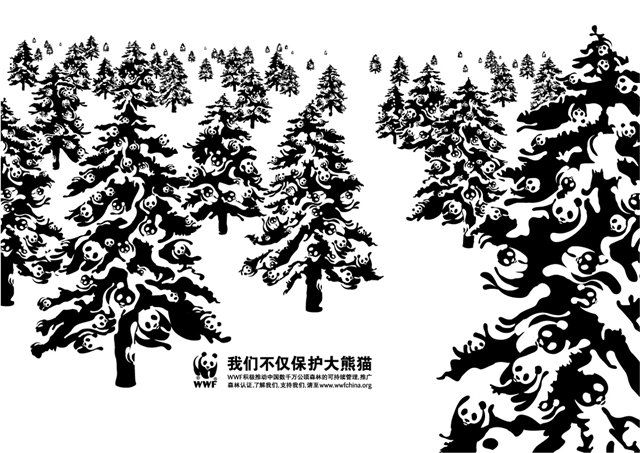|
|
World Wildlife Fund (WWF) Campaign
|
Current conservation approach
WWF's current strategy for achieving its mission specifically focuses on restoring populations of 36 species (species or species groups that are important for their ecosystem or to people, including elephants, tunas, whales, dolphins and porpoises, and bigleaf mahogany), conserving 35 globally important ecoregions around the world (including the Arctic, the Amazon rainforest, the Congo Basin and the Coral Triangle), and reducing people’s ecological footprint in 6 areas (carbon emissions, cropland, grazing land, fishing, forestry and water).
The organization also works on a number of global issues driving biodiversity loss and unsustainable use of natural resources, including finance, business practices, laws, and consumption choices. Local offices also work on national or regional issues.
WWF works with a large number of different groups to achieve its goals, including other NGOs, governments, business, investment banks, scientists, fishers, farmers and local communities. It also undertakes public campaigns to influence decision makers, and seeks to educate people on how to live in a more environmentally friendly manner.
|
|









